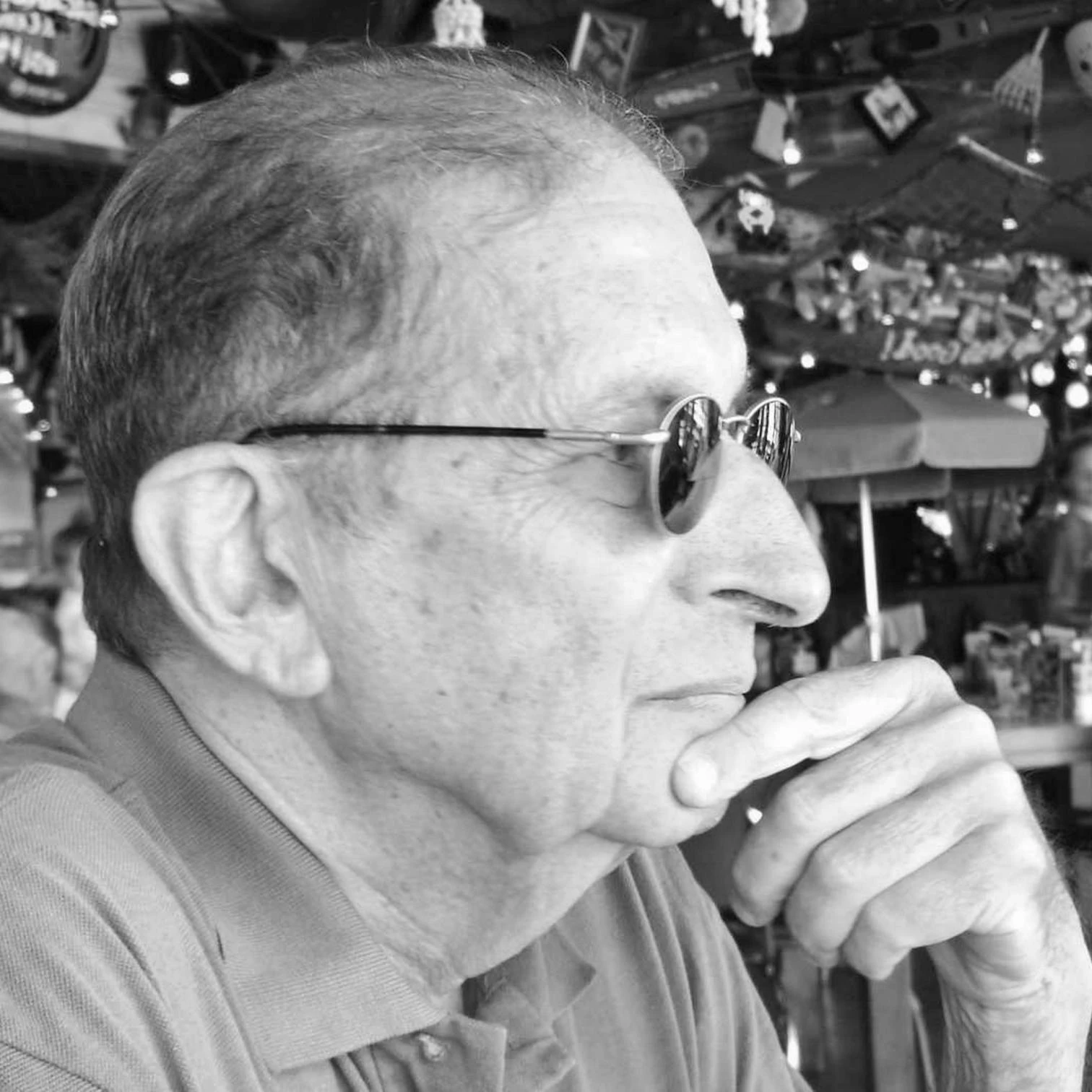
Roberto Segre, one of the greatest historians of Latin American architecture, met his demise in Niterói on Sunday 10th March. I remember meeting him in 1977 in Berkeley where I was a student. He had been invited by some left-wing planners intent on having a ‘real’ representative of the Cuban Revolution. Roberto was not Cuban, however. He was from an Italian-Jewish family forced to leave Milan for Buenos Aires in 1938 because of racial laws under Fascism. Although he moved to Cuba in 1963, it was more to gain a good university position than to sustain the revolution, and I doubt that he ever considered himself revolutionary.
He learned the language of Marxism and wrote several books about the architecture of revolutionary Cuba, but his heart was elsewhere, and he would never delude himself that the revolution had produced buildings of great quality. I went up to him after his lecture and started a conversation in Italian, at which he immediately felt reassured and begged me to take him away from the Berkeley radicals, who insisted on dragging him to see depressing housing settlements and poor neighborhoods. So we snuck out and went over to the Hyatt Regency Hotel in San Francisco and had a leisurely cocktail in the revolving bar at the top. Although the ideological setting in which he was working would lead him to officially condemn such manifestations of monopoly capitalism, he loved the skyscrapers and luxury developments for their inventiveness and richness of detail! “There is nothing like this in Cuba,” he gasped, as if starved for contact with the flow of architectural ideas.
His situation in Havana was comfortable but claustrophobic, as the only way he could leave the island was through official invitations. Thus any exchange with Roberto inevitably led him to beg you for an invitation abroad. I succeeded in procuring him a visiting professorship in 1995 when I was teaching at Rice University in Houston. Cuba’s economic situation had deteriorated since the Soviet retreat to such a degree that there often was no electricity to plug in the computer or gas to drive across town to school. At Rice he gave a series of lectures on the architecture of the Antilles, which came from the masterful text he would publish a few years later as La arquitectura antillana del siglo XX. It was quite touching to observe his revisionist presentation of the Cuban Art Schools by Ricardo Porro, Vittorio Garatti and Roberto Gottardi. In the 1960s he explained that his Marxist understanding of architecture forbid him to appreciate the originality and candid expression of the schools, which he later came to realize were the highest manifestations of the revolution. We took a group of students to Caracas for ten days to do research on the two petrol capitals, a project that would unfortunately get stalled, mostly through my fault, although he would write a wonderful essay for it.
In 1997 he finally received a new position in Brazil, leaving Cuba yet maintaining a strong attachment to it, keeping his apartment in Havana. His research intensified in the new setting. He loved to show off his knowledge, and just a few days ago gleefully sent me notice of errors in my book (World Architecture, a Cross Cultural History), in particular about the Education and Health Ministry building in Rio de Janeiro, on which he has prepared a definitive monograph. The world will soon find out that the original competition was won by Archimedes Memória and not by Lucio Costa. And who knows what other precious bits of architectural lore remain in his legacy of written works.





